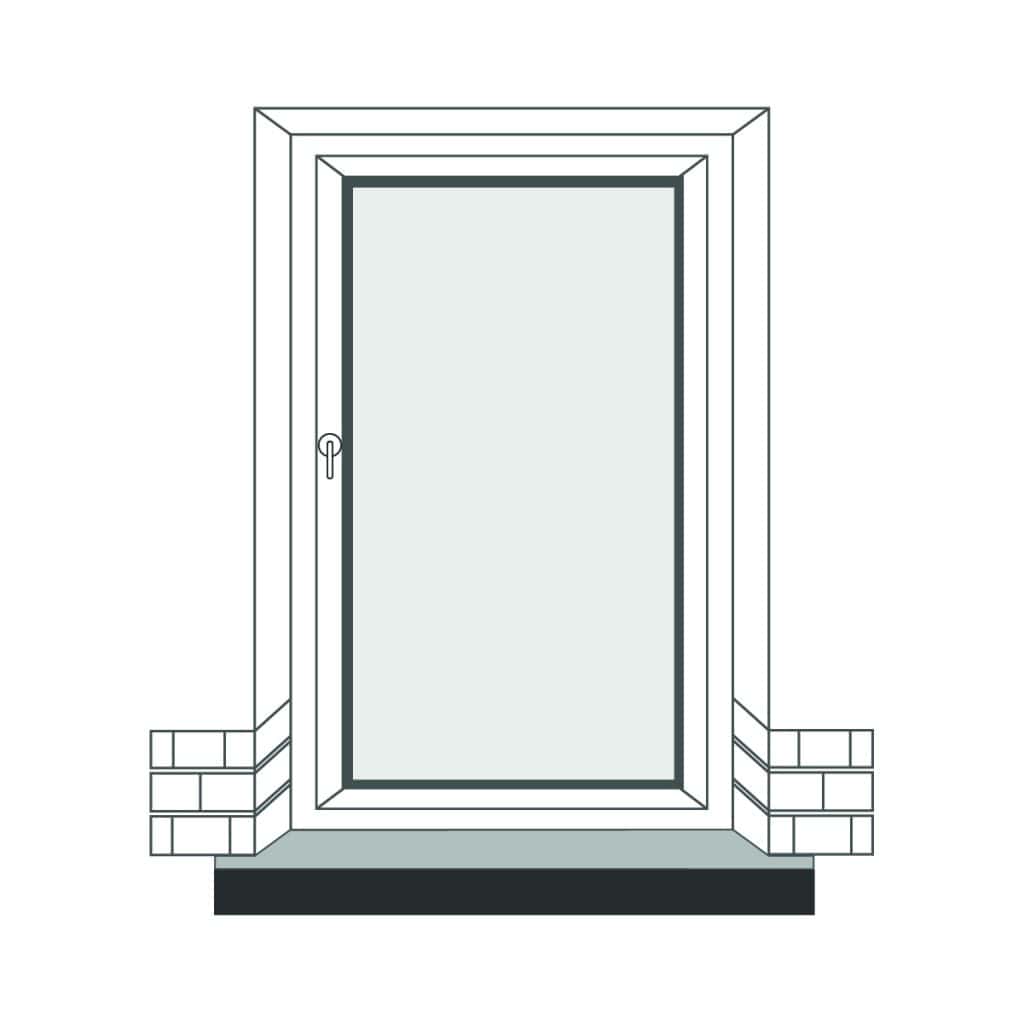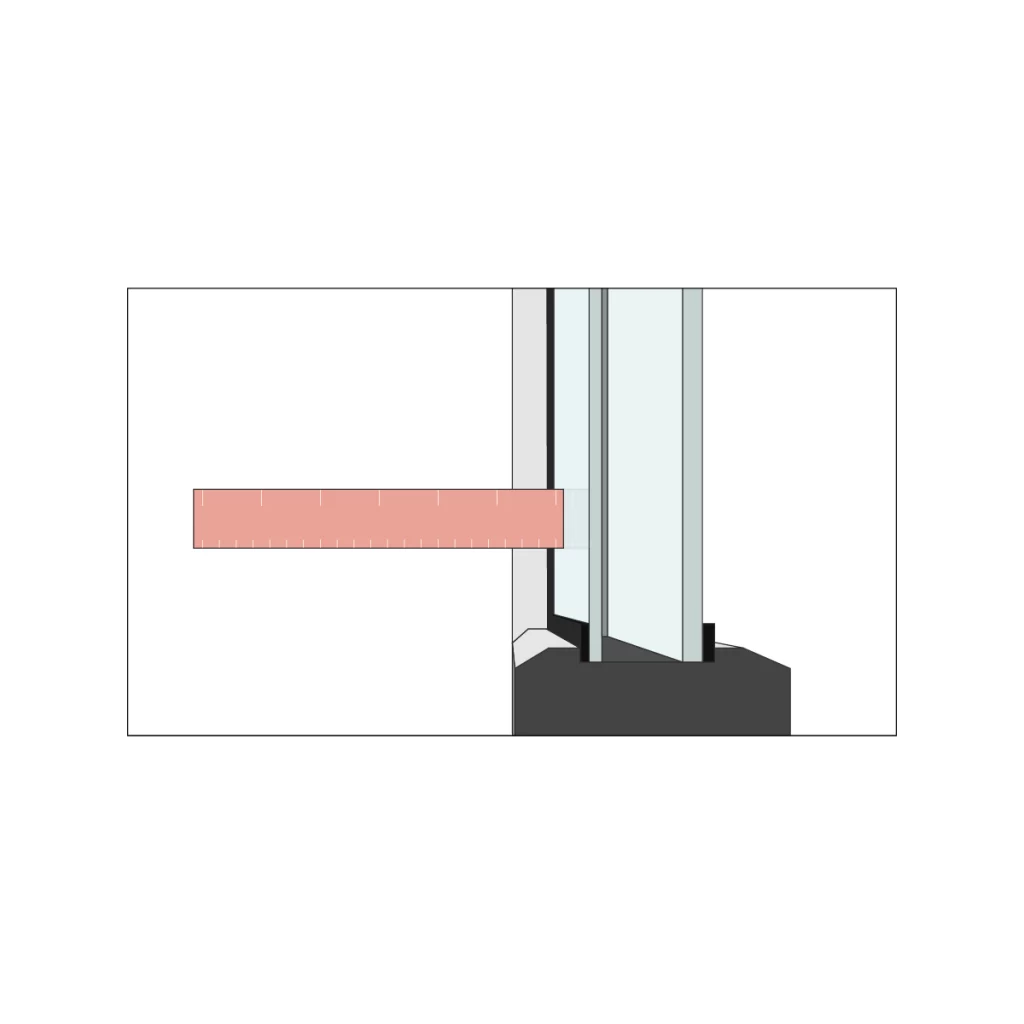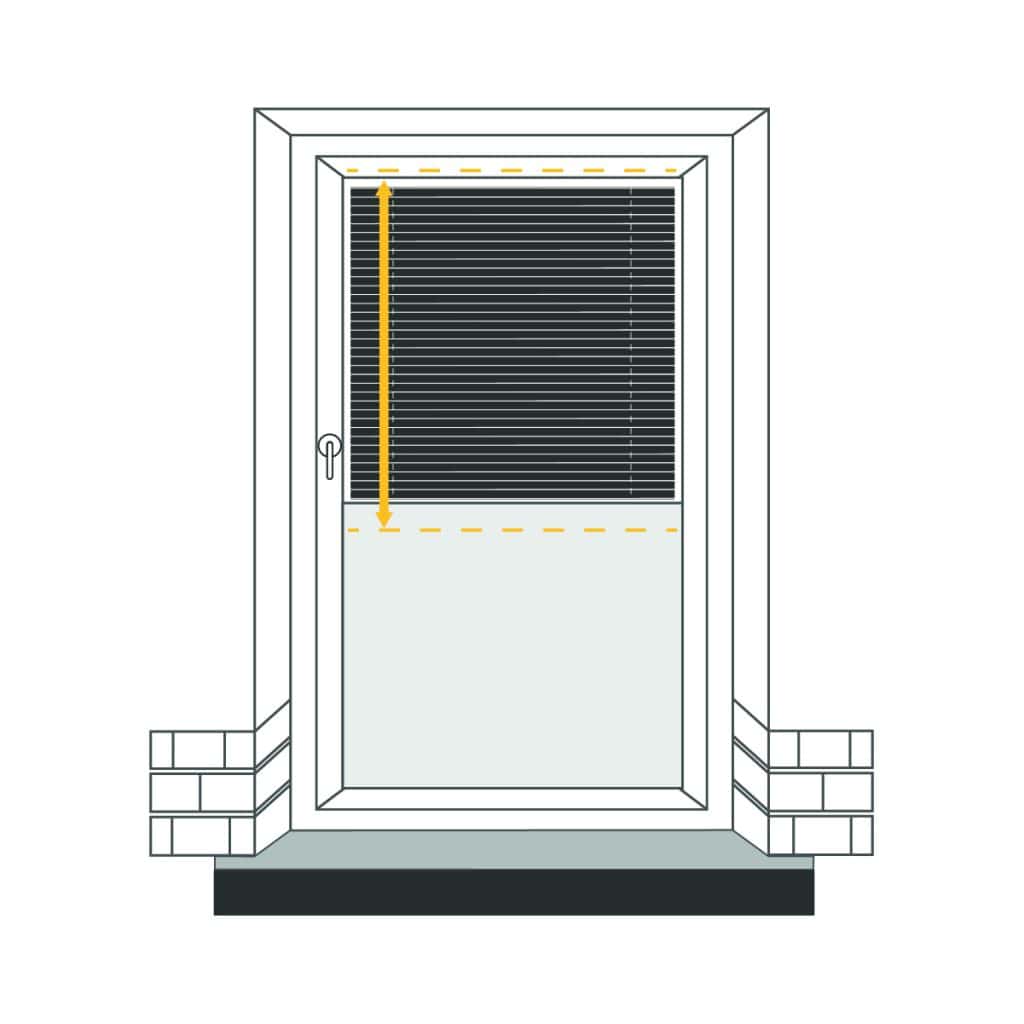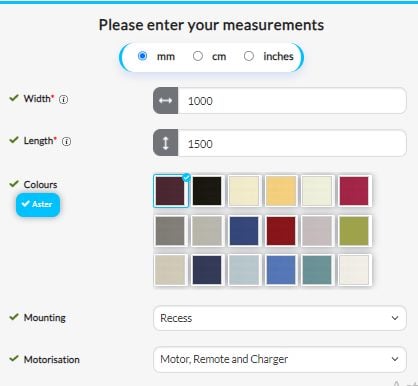Measuring for Perfect Fit Blinds
Perfect Fit blinds are effortlessly installed onto uPVC windows and doors, streamlining the measurement process. Our step-by-step guides simplify the measurement process for perfect fit blinds, whether you’re opting for venetian, roller, or pleated styles.

Perfect Fit suits your windows perfectly
Perfect Fit blinds offer an excellent solution for various window and door styles. Explore below to determine if these blinds are suitable for your home.
Important Inspections

Rubber Bead Check
“Rubber Bead Check”: A Perfect Fit blinds term referring to a rubber gasket or bead along the edge, ensuring snug fit in window frames.

Hidden Rubber Beading
Hidden rubber beading is a feature found in some blinds, particularly Perfect Fit blinds. It involves a concealed rubber gasket or bead that runs along the edge of the blind’s frame

Enter your Measurements
The “Rubber Beading Width” in blinds typically refers to the measurement of the rubber gasket or bead that runs along the edge of the blind’s frame, particularly in Perfect Fit blinds.
This rubber bead helps to prevent light from seeping through the gaps between the blind and the window frame, ensuring better light control and privacy. This measurement is crucial as it determines how snugly the blind will fit within the window or door frame.
A wider rubber beading width generally results in a tighter seal, helping to minimize light leakage and improve insulation. It’s an important consideration when selecting blinds to ensure they provide an optimal fit for your windows or doors.
This rubber beading serves to create a tight seal when the blind is inserted into the window frame, minimizing light leakage and providing better insulation. The hidden nature of the rubber beading gives the blinds a sleek and seamless appearance while improving their functionality.
Rubber Bead Depth Check
Insert a credit card 1cm between rubber bead and glass. Perfect Fit blinds term, highlighting snug fit with rubber gasket, accommodating obstructions in window frames.
Apply washing up liquid on your credit card for easier beading depth check in blinds.
Frame Clearance Check
Measure the rubber beading width with a metal tape measure, ensuring it’s less than 6mm from the frame edge to the glazing edge. If wider, Perfect Fit blinds may not be suitable.
Step1
Before Your Start
Ensure your window is suitable for a Perfect Fit blind by confirming the presence of rubber beading between the window frame and glass. If absent, it’s not compatible.
Step2
Measuring your window
Apply washing up liquid on your credit card for easier beading depth check in blinds.
Step3
Measuring the Bead Depth
Measure the rubber beading width with a metal tape measure, ensuring it’s less than 6mm from the frame edge to the glazing edge. If wider, Perfect Fit blinds may not be suitable.
Measuring Your Window
Perfect Fit blinds require width, drop and window depth measurements.
Step1

Measure the Frame Depth
Place a credit card flat against the frame of your window or door, so it’s overlapping the glass. Measure the gap between your credit card and the glass. This is your frame depth.

Frame depths typically range from 1.8cm (18mm) to 3cm (30mm).
Step2

Measure the Width
Measure the visible glass width in three spots using a metal tape measure. Take the smallest measurement as your width.

Left and Right Overlap
We recommend your blind overlaps the window recess by at least 5cm on each side (10cm overall). You will eliminate more light the more the blind overlaps the recess.
Step3

Top Overlap
We recommend your blind overlaps the top of the window recess by at least 7cm.
Step4

Final Step
Please provide the width and drop measurements, then choose your desired frame depth for Perfect Fit roller blinds.
As accredited manufacturers of the Louvolite Perfect Fit Blinds system, we offer the complete range of Perfect Fit frame styles and a broader selection of blind fabrics and slats.
